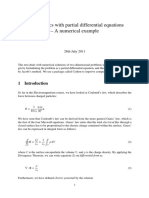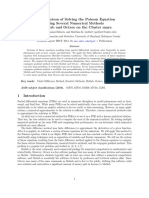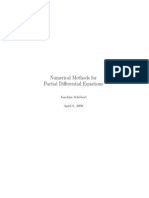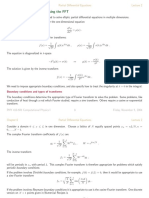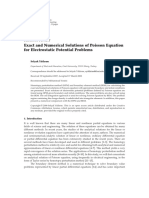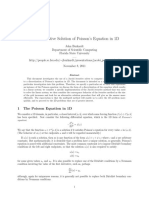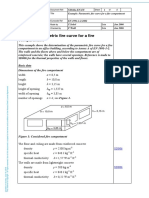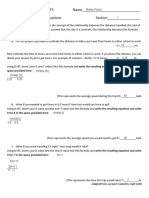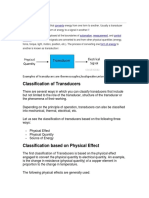0% found this document useful (0 votes)
22 views7 pagesPoissonequation 1 PDF
The document discusses Poisson's equation, which describes the steady-state heat distribution and is applicable in various fields such as electrostatics and computational fluid dynamics. It presents a boundary value problem for heat distribution, introduces finite difference methods for solving Poisson's equation in two dimensions, and explains its relevance in physics for conservative forces. Additionally, it provides code examples for visualizing charge distributions and solving for electric potential using Poisson's equation.
Uploaded by
PRAMITA BHOWMICKCopyright
© © All Rights Reserved
We take content rights seriously. If you suspect this is your content, claim it here.
Available Formats
Download as PDF, TXT or read online on Scribd
0% found this document useful (0 votes)
22 views7 pagesPoissonequation 1 PDF
The document discusses Poisson's equation, which describes the steady-state heat distribution and is applicable in various fields such as electrostatics and computational fluid dynamics. It presents a boundary value problem for heat distribution, introduces finite difference methods for solving Poisson's equation in two dimensions, and explains its relevance in physics for conservative forces. Additionally, it provides code examples for visualizing charge distributions and solving for electric potential using Poisson's equation.
Uploaded by
PRAMITA BHOWMICKCopyright
© © All Rights Reserved
We take content rights seriously. If you suspect this is your content, claim it here.
Available Formats
Download as PDF, TXT or read online on Scribd
/ 7



